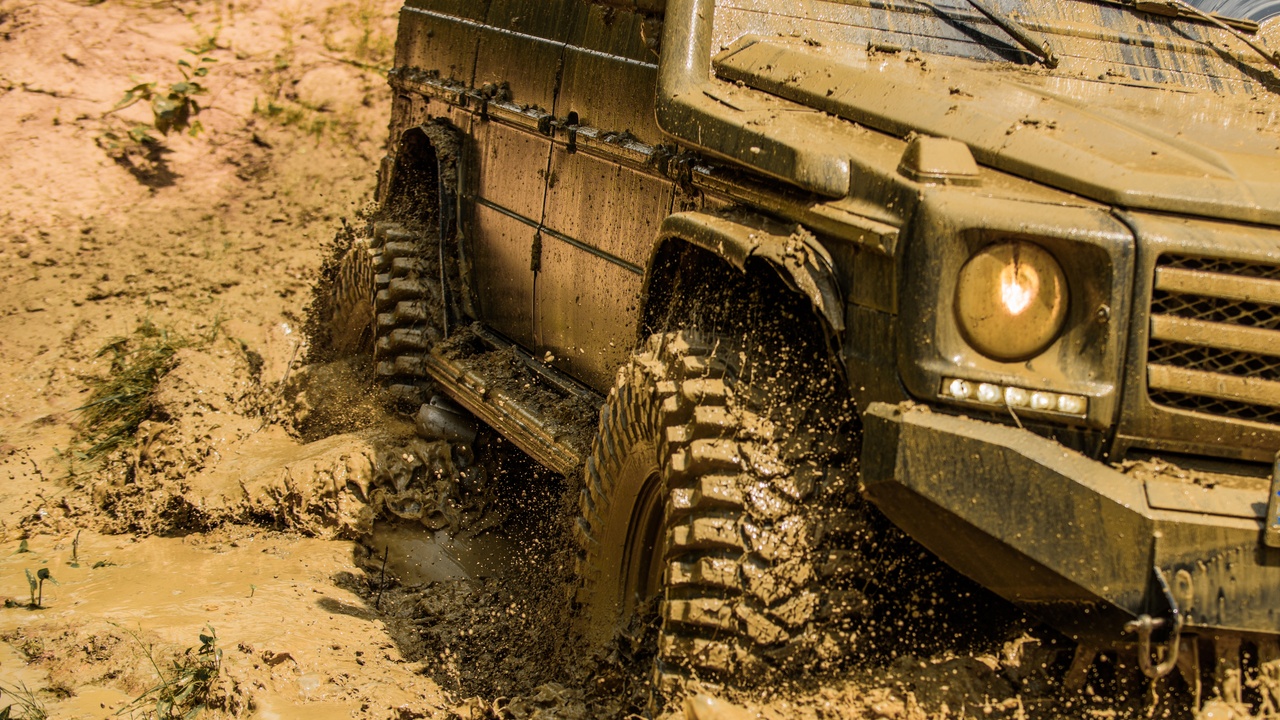Off-roading is a passion for those who crave the thrill of tackling challenging landscapes. Preparation is essential to ensure safety and fun, whether you’re maneuvering through dense forests, scaling rocky inclines, or cruising through muddy trails. Equipping yourself with everything you need to know before going off-roading can make the difference between a seamless journey and an unexpected setback.
Choosing the Right Vehicle
Not all vehicles are created equally when it comes to off-roading. SUVs, ATVs, and 4×4 trucks have unique capabilities suited to different terrains. For example, SUVs offer comfort and ample storage, making them ideal for longer trips that include paved sections.
ATVs provide unmatched maneuverability in tight trails and rugged paths, while 4×4 trucks dominate when it comes to strength and towing potential. Assessing your destination and matching it with a vehicle that can tackle the specific challenges of that terrain is vital before hitting the trail. Consider clearance height, suspension systems, and tire types when making your choice.
Know Your Terrain
Understanding the landscape you’re entering is critical. Sandy deserts require lower tire pressures for better traction, while rocky terrain requires robust tires with sufficient tread. Trails with mud or water crossings demand sealed mechanics, and sometimes, snorkel intakes to prevent water damage.
Additionally, check trail maps, read up on regional conditions, and talk to locals who might know the area better than any guidebook. This understanding will help you anticipate potential hazards and ensure you arrive with the right tools for the job.
Vehicle Maintenance and Gear
Make sure your vehicle is in prime condition before heading out. Check oil levels, brake functionality, and the state of your tires. A winch can be a lifesaver in sticky situations, while floor jacks rated for off-road use can handle uneven ground. Don’t forget about essentials such as recovery straps and a spare tire. Additionally, always pack a first-aid kit, flashlight, and enough food and water for your trip, plus a little extra for emergencies. Good preparation is about expecting the unexpected and having the equipment necessary to handle it.
Mastering Engine Performance
You must understand the basic factors of engine performance to thrive in off-road environments. Therefore, you must recognize how heat, weight, and altitude affect your vehicle mid-journey. For instance, high altitudes can reduce engine power due to thin air, meaning turbochargers or superchargers are particularly advantageous.
Conversely, hauling extra gear adds strain, so careful weight distribution and controlled acceleration are critical for maintaining engine health. Smooth throttle control can also prevent wheel spin, ensuring you reserve that power for where it matters most.
Driving Techniques for Success
Effective driving techniques separate amateurs from pros, no matter how well-equipped your vehicle is. Approach steep slopes head-on to maintain balance and choose a low gear for climbs and descents. Maintain steady momentum to avoid getting stuck on muddy or sandy trails. Always keep your hands firmly on the wheel and your eyes focused ahead to plan your moves effectively.
Off-roading is part skill, preparation, and respect for the terrain. Master all three, and every trip becomes an adventure worth remembering. Now that you have everything you need to know before going off-roading, gear up, check your maps, and hit the trail with confidence!

